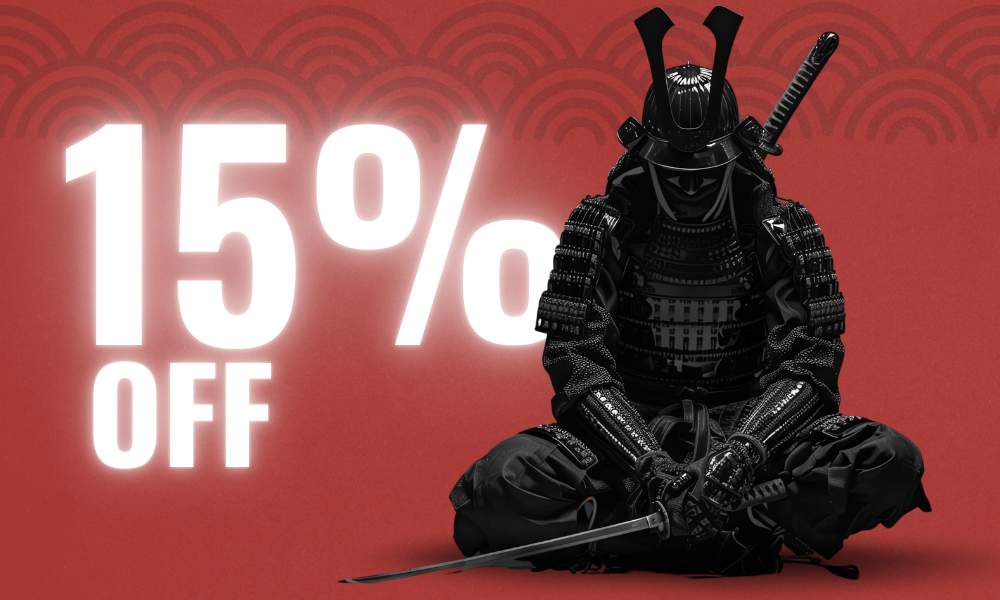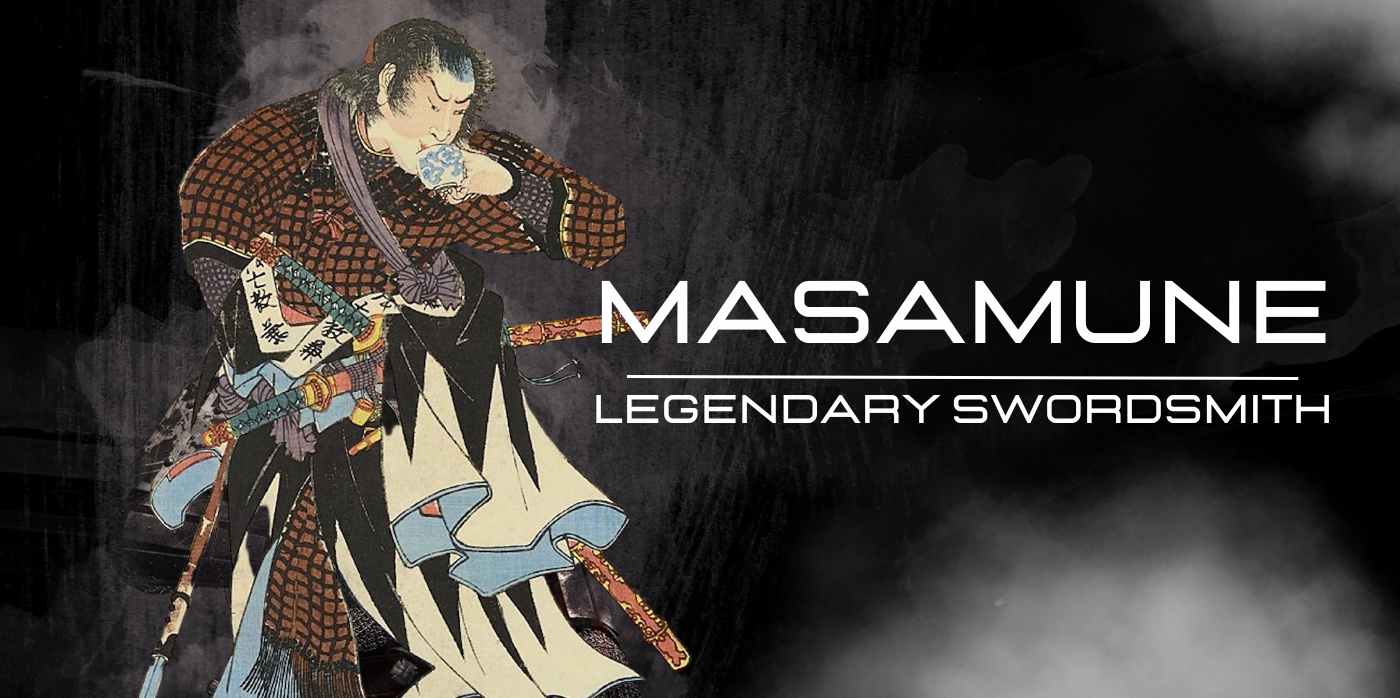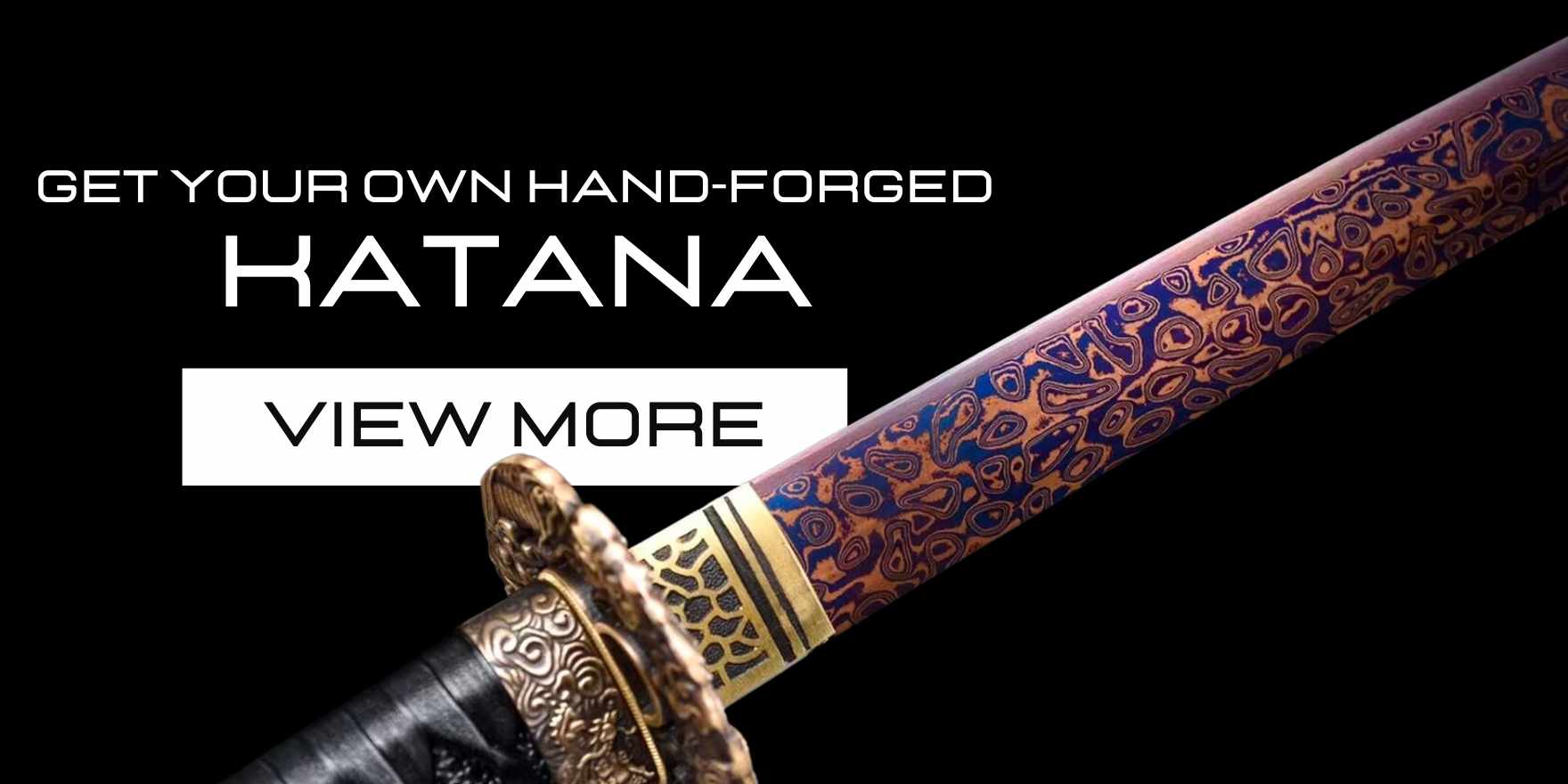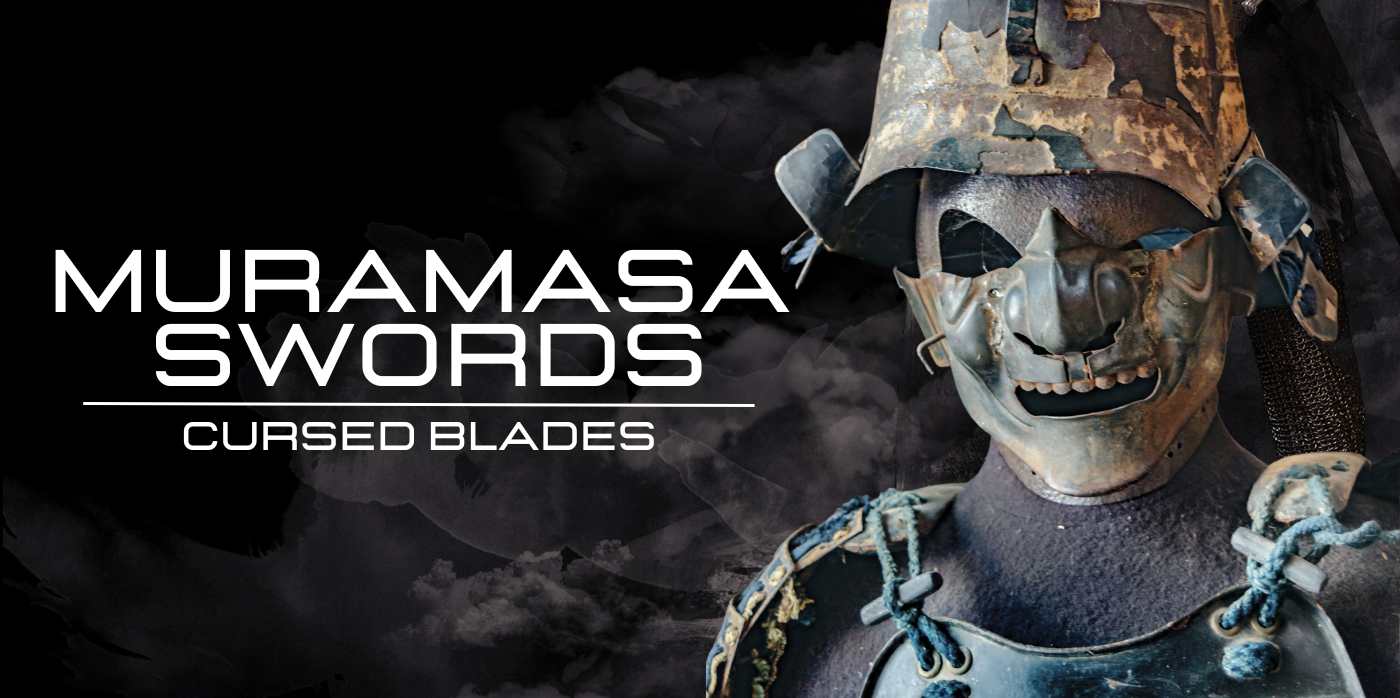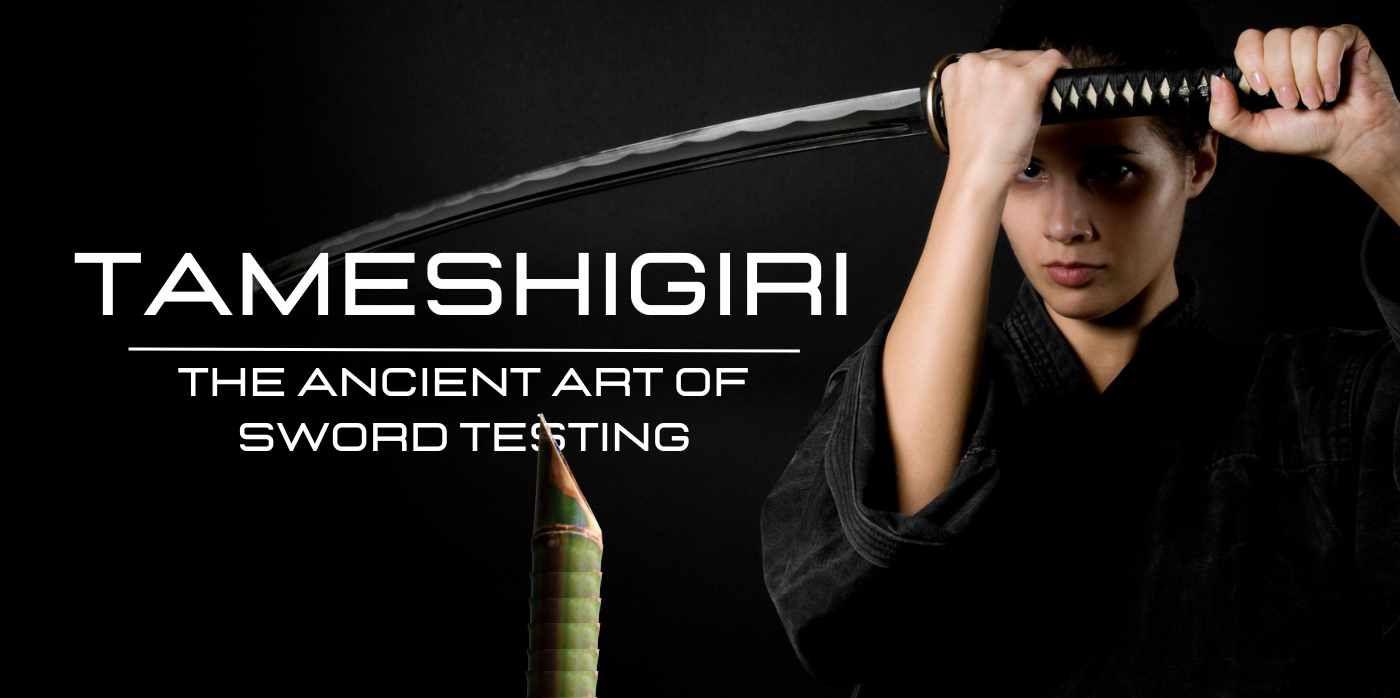In the realm of Japanese swordsmithing, few names command as much reverence as that of Gorō Nyūdō Masamune. Hailing from the illustrious Kamakura era of the 13th century, this iconic craftsman has engraved his legacy into both the annals of Japanese history and the steel of his unparalleled blades. This comprehensive piece seeks to unfold the layers of mastery and myth surrounding this extraordinary blacksmith, illuminating his contributions to the swordsmithing craft, popular culture, and beyond.
Who is Gorō Nyūdō Masamune
Gorō Nyūdō Masamune remains a towering figure in the annals of Japanese sword-making history, even though concrete details about his life are somewhat scarce. Active primarily in the late 13th to early 14th centuries, Masamune was a Japanese blacksmith of the Kamakura era—an epoch celebrated for its flourishing martial arts culture and groundbreaking strides in the craft of swordsmithing.
Despite the fog of uncertainty that envelops the early years and training of Masamune, one thing remains crystal clear: the unparalleled reverence and esteem that his swords continue to evoke. These blades have not just survived the tests of time; they have solidified Masamune's standing as one of the preeminent masters in the storied history of Japanese sword-making.
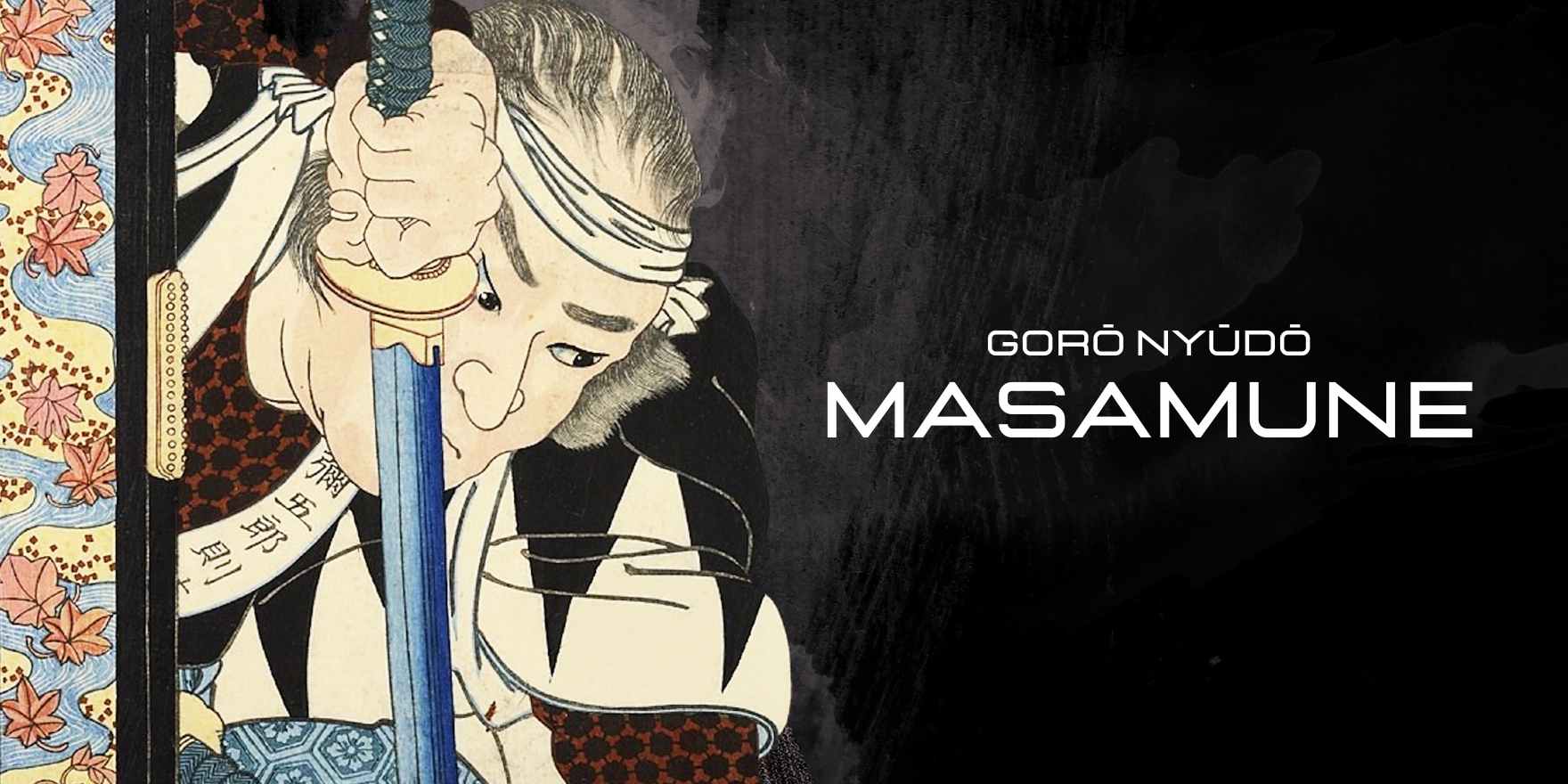
Historical Background: The Kamakura Era
The Kamakura period (1185–1333) serves as the historical foundation for grasping the contributions and legacy of Gorō Nyūdō Masamune. During these years, Japan saw the rise of its inaugural military government, the Kamakura Shogunate, effectively shifting the balance of power from the imperial aristocracy to the samurai class. In light of this military-centric governance, the urgency for top-tier weaponry, especially swords, reached unprecedented levels.
Rise of the Samurai Class
During this period, the samurai emerged as the new ruling class, and their needs for durable and efficient weapons played a significant role in shaping swordsmithing techniques. Masamune's work was a product of this unique set of socio-political circumstances, a marriage of form and function that catered to the very specific demands of the samurai class.
Cultural Flourishing
Contrary to its militaristic focus, the Kamakura period was also a time of cultural prosperity. Zen Buddhism found its way to Japan from China, influencing various aspects of life and philosophy, including martial arts and swordsmaking. Masamune’s swords, revered for their lethal efficiency, are also embodiments of Zen principles, incorporating simplicity, utility, and a deep sense of spiritual symbolism.
Innovation in Swordsmithing
The Kamakura era brought several innovations in swordsmithing, partly because of the various invasions and internal conflicts. The shift towards curved blades like the Tachi and later the Katana can be observed during this period. Masamune was a forerunner in employing and perfecting these innovations. His works displayed what came to be considered the highest level of artistic and technical mastery in Japanese swordsmithing.
Masamune and the Kamakura Shogunate
Although historical records are sparse, Masamune was believed to have enjoyed the patronage of the ruling shoguns of the Kamakura era. His workshop was in Sagami Province, close to Kamakura, the political center of Japan during the period. This proximity likely made his swords highly sought after by samurai and noblemen alike.
The Masamune and Muramasa Legend: A Tale of Two Swordsmiths
The enduring tale of Masamune and Muramasa is a captivating saga that transcends mere metal and fire, bringing to life the artistry and philosophies of two master swordsmiths—Gorō Nyūdō Masamune and Muramasa. This iconic legend doesn't set the masters in a duel of swords, but rather in a duel of legacies, forever linking their names in the Japanese sword-making history.
Spiritual Depth vs. Bloodthirst: The Yin and Yang
One of the most intriguing aspects of this tale is the contrasting attributes ascribed to their respective swords. While Masamune's blades are often described as a symbol of restraint and spiritual depth, Muramasa's swords have gained a darker reputation for being bloodthirsty and malevolent.
The Infamous Test: Stillness vs. Frenzy
According to a popular story, both masters once tested their blades by placing them in a stream. While Muramasa's sword cut everything it touched—leaves, fish, even the air itself—Masamune's blade only cut the leaves while letting the fish swim unharmed. This test is often cited as a metaphor for the contrasting philosophies of the two smiths: Muramasa's blade was viewed as too sharp for its own good, while Masamune’s showed discernment and restraint.
Historical Context vs. Cultural Imaginations
While Masamune is considered a historical figure, much of Muramasa's life is enveloped in myths and Japanese folklore. Masamune's work was grounded in the Kamakura era, a period of military rule and cultural flourishing. On the other hand, Muramasa is said to have lived during the Muromachi period, a time known for its political upheaval and constant warfare. The contrasting historical contexts add a layer of complexity to the legend, enriching its substance and encouraging diverse interpretations.
A Legacy Beyond Blades: Cultural and Artistic Impact
Apart from their enduring legacy in the realm of sword-making, Masamune and Muramasa have also made a significant impact on Japanese culture, from traditional art forms to contemporary media. While Masamune has become a byword for unparalleled artistry and craftsmanship, often referenced in diverse platforms such as anime and video games, Muramasa takes on a more enigmatic role. Often depicted as a dark hero or anti-hero, he encapsulates the more complex and shadowy facets of human existence.
Signature Characteristics of Masamune's Swords
The work of Gorō Nyūdō Masamune is replete with elements that set his swords apart from others. His blades are not just weapons but also works of art that demonstrate a mastery over various aspects of swordsmithing. Here are some of the signature characteristics that make a Masamune sword a pinnacle of craftsmanship:
Notare Hamon: The Wave-like Pattern
One of the most distinguishing features of Masamune's blades is the Notare Hamon. This is a wave-like pattern that can be seen along the edge of the blade, resembling natural waves in water. This aesthetic detail is not just for show; it's a result of the differential hardening process that also contributes to the sword's cutting abilities and structural integrity. The complexity and clarity of the notare hamon in Masamune's work are unparalleled, making it one of the most sought-after features in a Japanese sword.
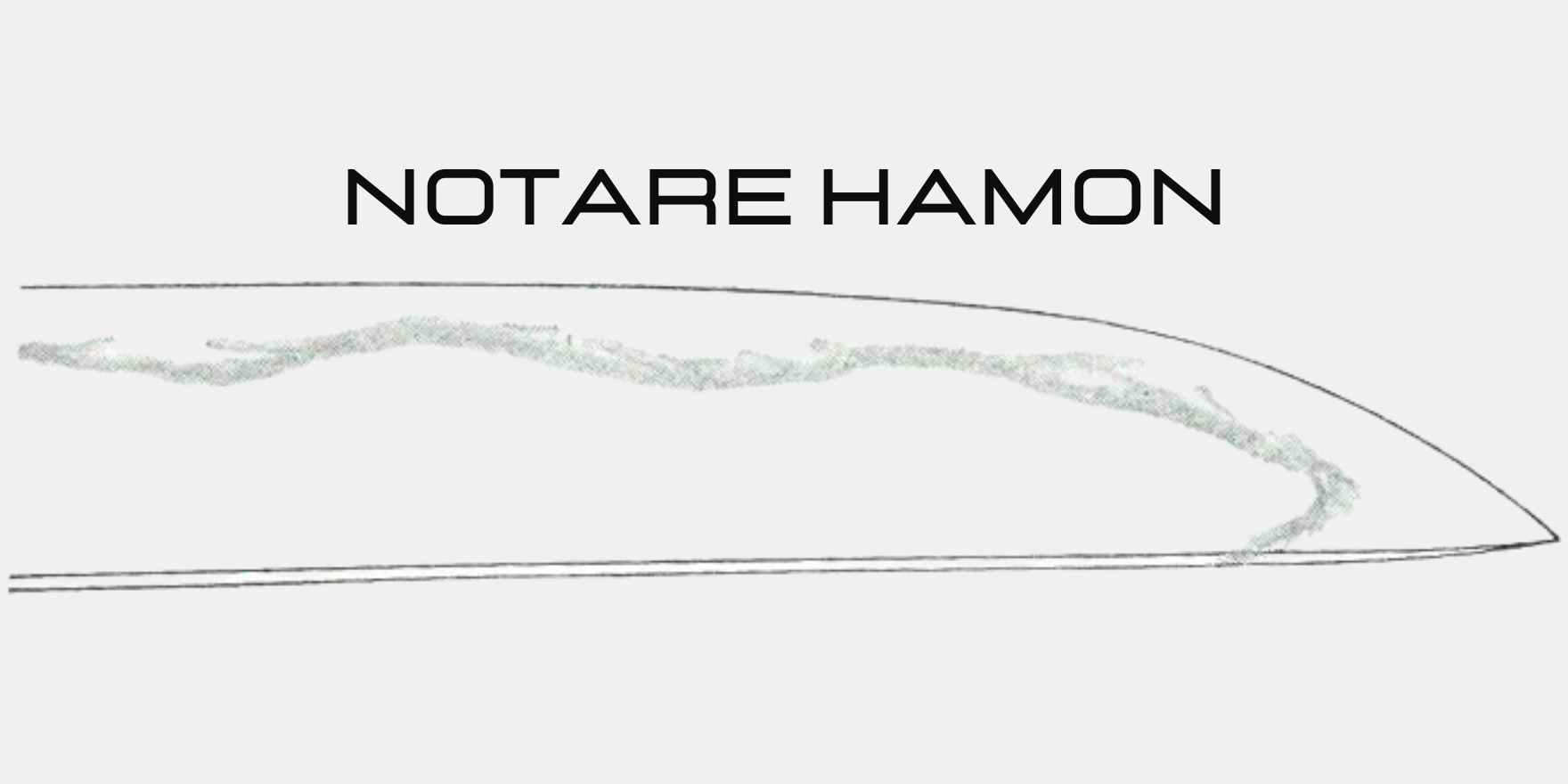
Striking Chikei Patterns: The Dark Streaks
Another unique characteristic often found in Masamune swords is the striking chikei patterns. These are dark lines or streaks that run through the blade, often contrasting with the bright steel to create a unique visual texture. The chikei is not painted or etched onto the blade but is a result of the steel's complex internal structure, developed through expert forging and folding techniques.

The Art of "Nie": Sparkling Hardened Martensite
Masamune was a master of the art of "nie", which refers to the bright, sparkling particles that can be seen in the blade's pattern, specifically in the hamon and the ji (the blade's surface). These particles are made of hardened martensite, a crystalline structure that forms in the steel during the heat treatment process. The presence of nie is indicative of a particularly high level of craftsmanship, as it requires precise control over the cooling process of the blade. Nie adds a beautiful, almost mystical quality to the blade, as it sparkles when caught in the light.
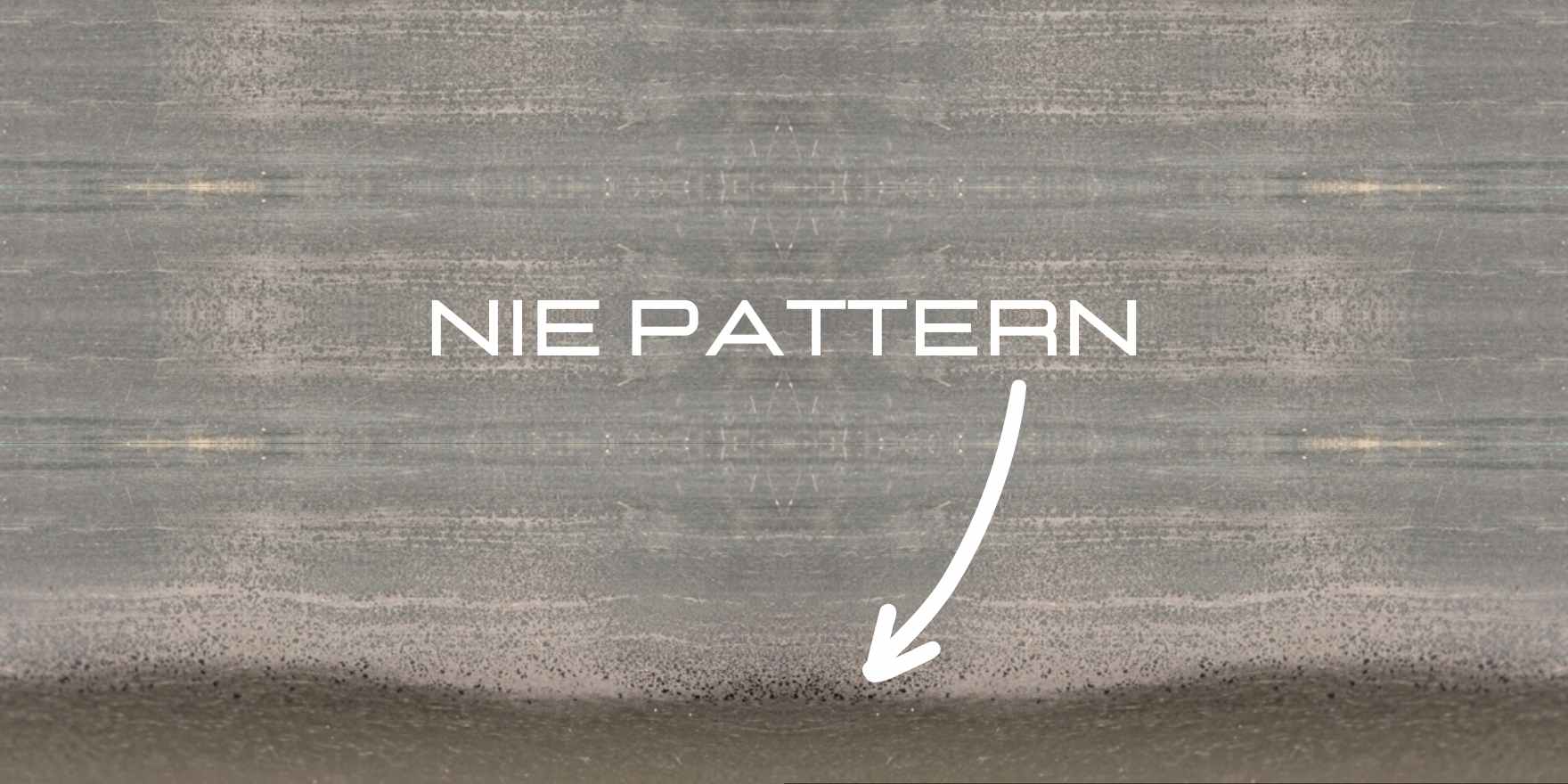
These distinctive features are not just aesthetic but functional, contributing to the sword's overall quality and performance. The notare hamon grants the blade a balanced combination of hardness and flexibility. The chikei patterns are the result of high-carbon steel, which enhances the blade's durability and cutting power. The nie particles indicate a level of mastery in the heat treatment process, which impacts the blade's hardness and resilience.
The 10 Great Disciples of Masamune
The legacy of Gorō Nyūdō Masamune, arguably the most iconic swordsmith in Japanese history, was fortified not just by the blades he created but also by the prodigious talents he mentored. Among his students, ten stand out as the eminent figures, often collectively referred to as "The 10 Great Disciples of Masamune." These individuals not only carried on the Masamune traditions but also introduced innovations that left an indelible mark on Japanese swordsmithing.
Sadamune
Sadamune is often considered the primary and most talented student of Masamune. So refined was his skill that many of his works were often confused with those of his illustrious master. He continued to reside in Kamakura and is known for the elegant and intricate hamon patterns he incorporated into his blades.
Norishige
Norishige developed a unique grain pattern in the blade, called "Matsukawa-hada" or pine-tree grain, which distinguished his work from the traditional Masamune style. His blades were known for their "wild" appearance and high quality.
Shizu Saburo Kaneuji
Kaneuji originally hailed from Mino province but later moved to Kamakura to study under Masamune. His style is a blend of both the Mino and Soshu traditions, and he's best known for his "tobiyaki" technique where isolated patches of the blade are hardened to form unique patterns.
Go Yoshihiro
One of the more enigmatic figures, Go Yoshihiro's blades are exceedingly rare but highly prized. Like Masamune, his swords were known for their sharpness and for a peculiar hamon pattern that seems almost like drifting clouds.
Chogi
Chogi's work showed the influence of the Bizen school, although he was a student under Masamune. His works often had a wider shape and showed a robust and powerful hamon, making them distinct within the Masamune lineage.
Kinju
Kinju was known for the extraordinary care he took in crafting his blades. His works are often compared to those of Sadamune for their finesse and beauty.
Fusamune
Not much is known about Fusamune, and very few of his works survive today. However, those that do exist indicate a high level of craftsmanship that would have developed further had he not died at a young age.
Rai Kunitsugu
Although primarily a student of the Rai School in Kyoto, Kunitsugu also studied under Masamune. His works are a harmonious blend of the elegant Kyoto style and the robust Soshu style.
Osafune Kanemitsu
Kanemitsu was another who blended the styles of different schools, incorporating Bizen characteristics into the Soshu style. His blades were known for their supreme cutting ability.
Hasebe Kunishige
Kunishige was not only a swordsmith but also a master of crafting tanto (daggers) and other smaller blades. His wide range of expertise made him unique among Masamune's students.
Through these ten exceptional talents, the school of Masamune flourished and evolved, making each of these students a master in their own right. The ten great disciples played a crucial role in perpetuating the high standards set by Masamune and ensured that his techniques and philosophies would resonate through the centuries.
The Legendary Swords of Masamune
Gorō Nyūdō Masamune left an indelible mark on the world of swordsmithing, and nowhere is his mastery more evident than in his famous individual swords. These are not just weapons but legends in their own right. Below are some of Masamune's most iconic swords, each bearing unique characteristics that make them the subjects of awe and reverence.
Honjō Masamune
The Honjō Masamune is often hailed as the crowning achievement of Masamune's swordsmithing career, widely considered one of the most exquisite blades in the annals of Japanese martial arts. Initially the prized possession of Honjō Shigenaga, who obtained it as spoils of war, the sword eventually became the treasured heirloom of the Tokugawa shogunate's successive rulers.
Although its current whereabouts are unknown—having mysteriously vanished after World War II—its status as a National Treasure of Japan is a lasting testament to its unparalleled quality and craftsmanship. The blade embodies Masamune's signature blend of flawless balance, lethal sharpness, and aesthetic refinement.
Fudo Masamune
The Fudo Masamune is another legendary blade that showcases Masamune's skill in the art of "nie." This sword is named after Fudō Myō-ō, a Buddhist deity, symbolizing immovability in spiritual pursuits. The blade is said to possess a calm and serene presence, in stark contrast to the lethal efficiency it offers in combat.
Musashi Masamune
Attributed to the famed samurai Miyamoto Musashi, who reportedly preferred this weapon, the Musashi Masamune is crafted with dueling in mind. Its light construction and exceptionally keen edge render it an ideal choice for single combat scenarios. The sword's hamon is particularly striking, featuring the classic notare pattern for which Masamune was famous.
Hōchō Masamune
The Hōchō Masamune showcases Masamune's versatility as a craftsman. This blade is designed not for combat but for culinary purposes. It is said to be so sharp and precise that it can slice through ingredients at a molecular level, preserving their flavor and texture. While it might seem strange to include a kitchen knife among legendary swords, the Hōchō Masamune's craftsmanship makes it worthy of such esteem.
Kotegiri Masamune
The Kotegiri Masamune is named for its lethal efficacy; "Kotegiri" literally means "arm cutter." This blade is renowned for its ability to sever limbs effortlessly, a testament to its sharpness and the quality of its steel. It's a fearsome weapon that has become symbolic of the deadly efficiency of Masamune's blades.


